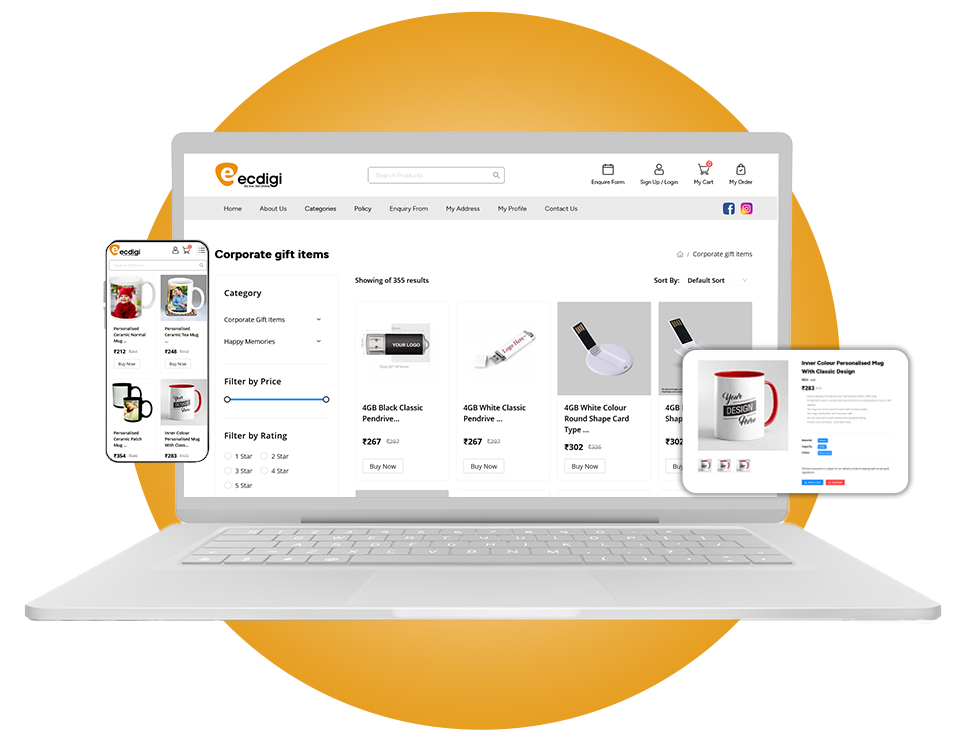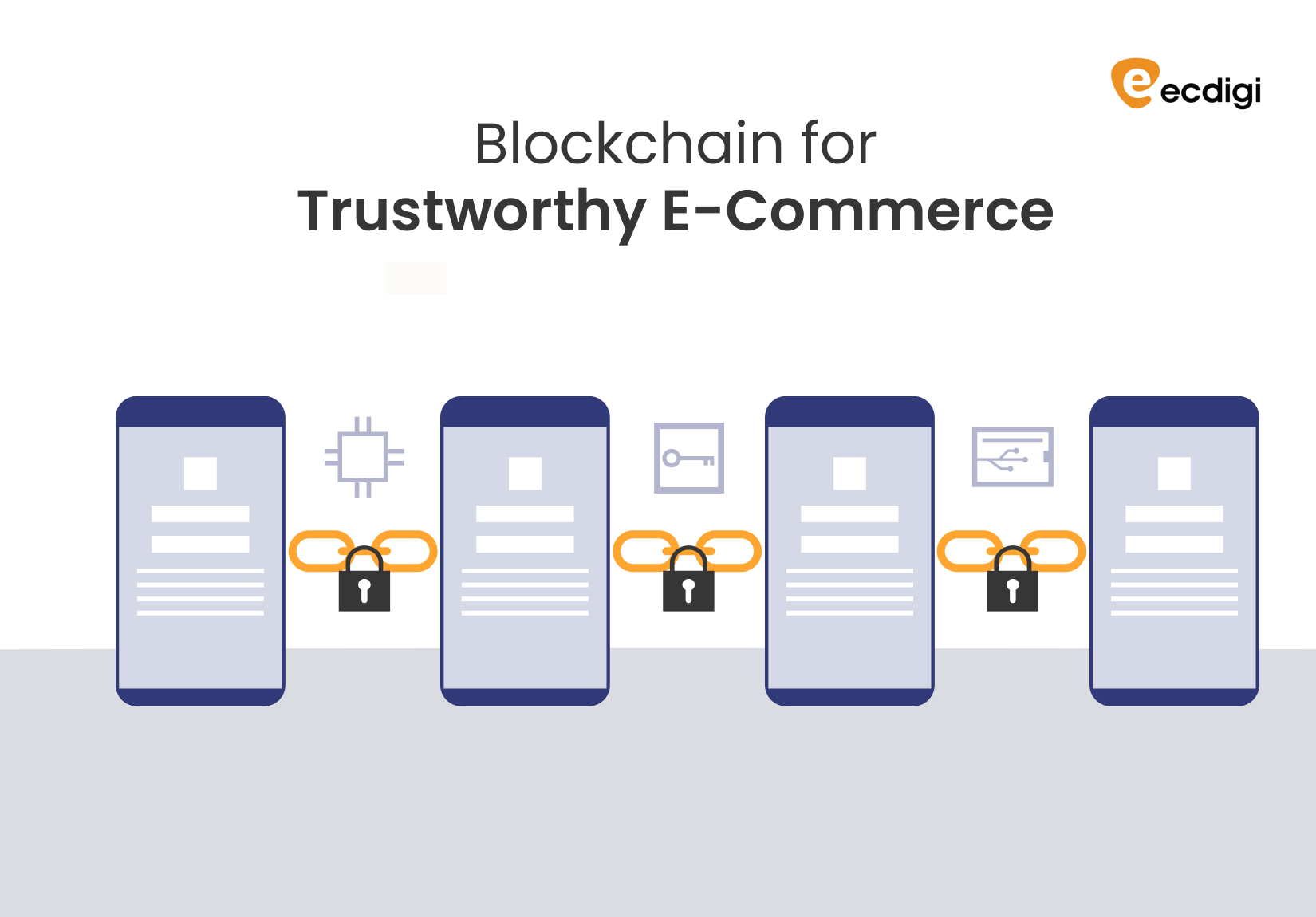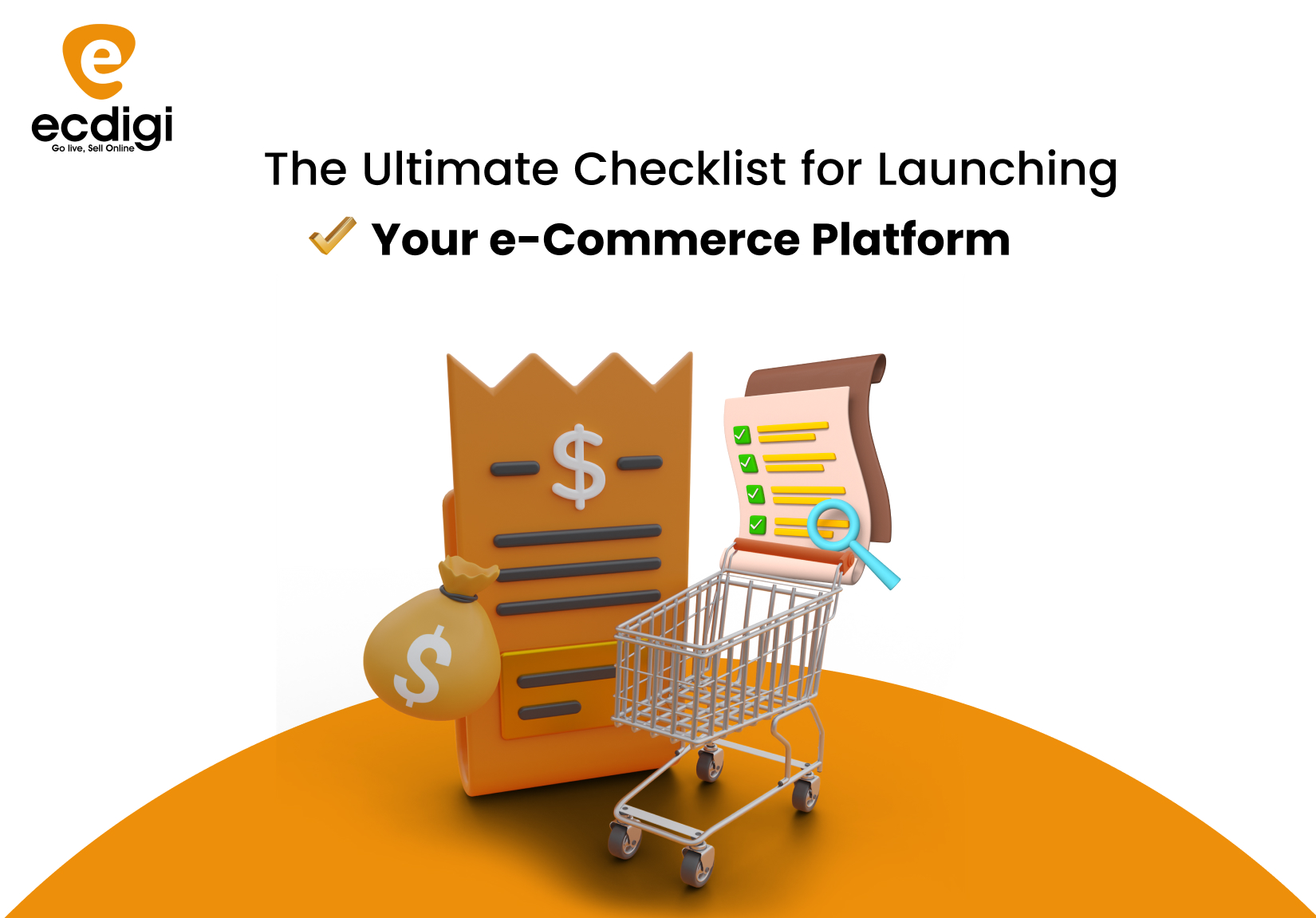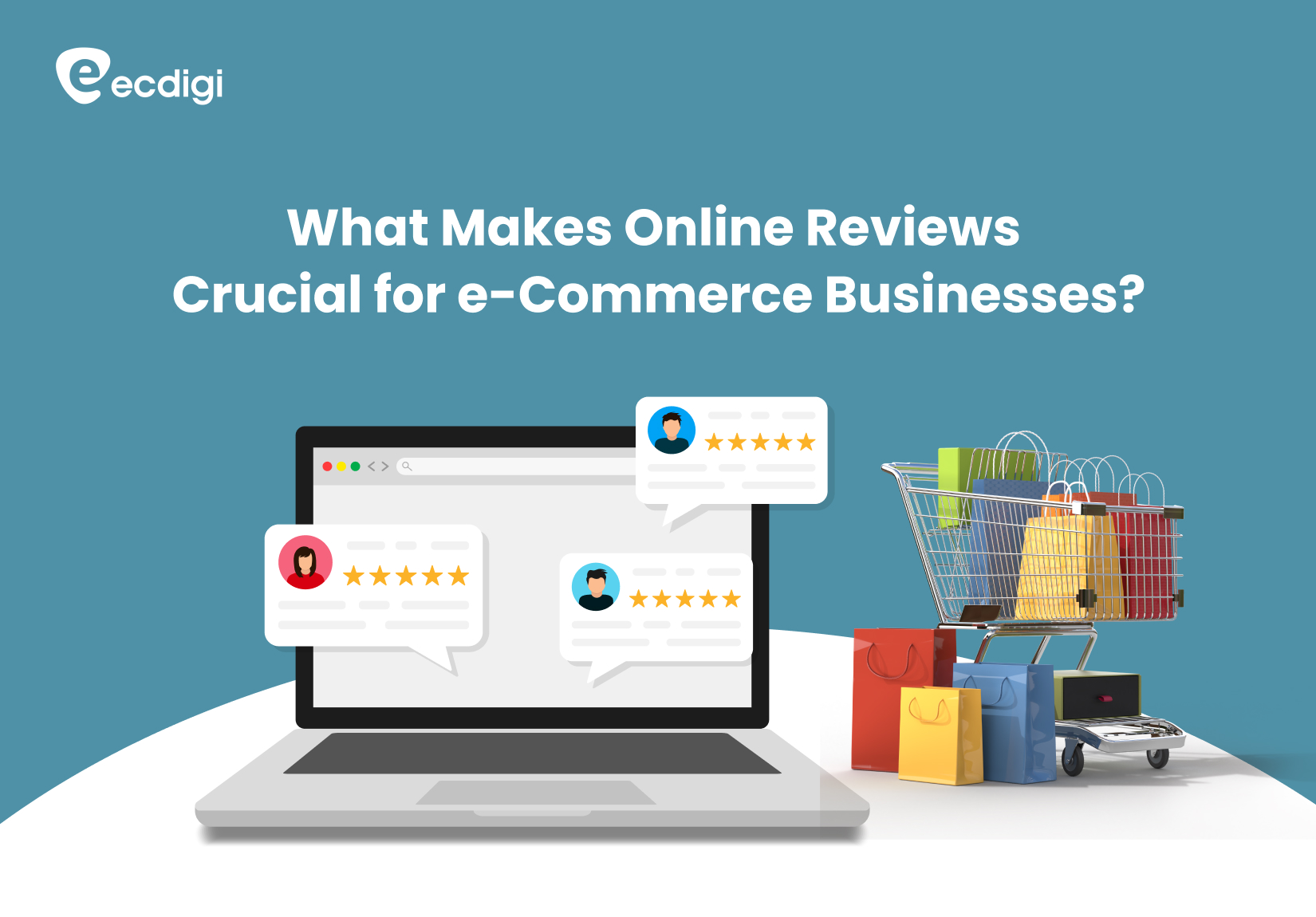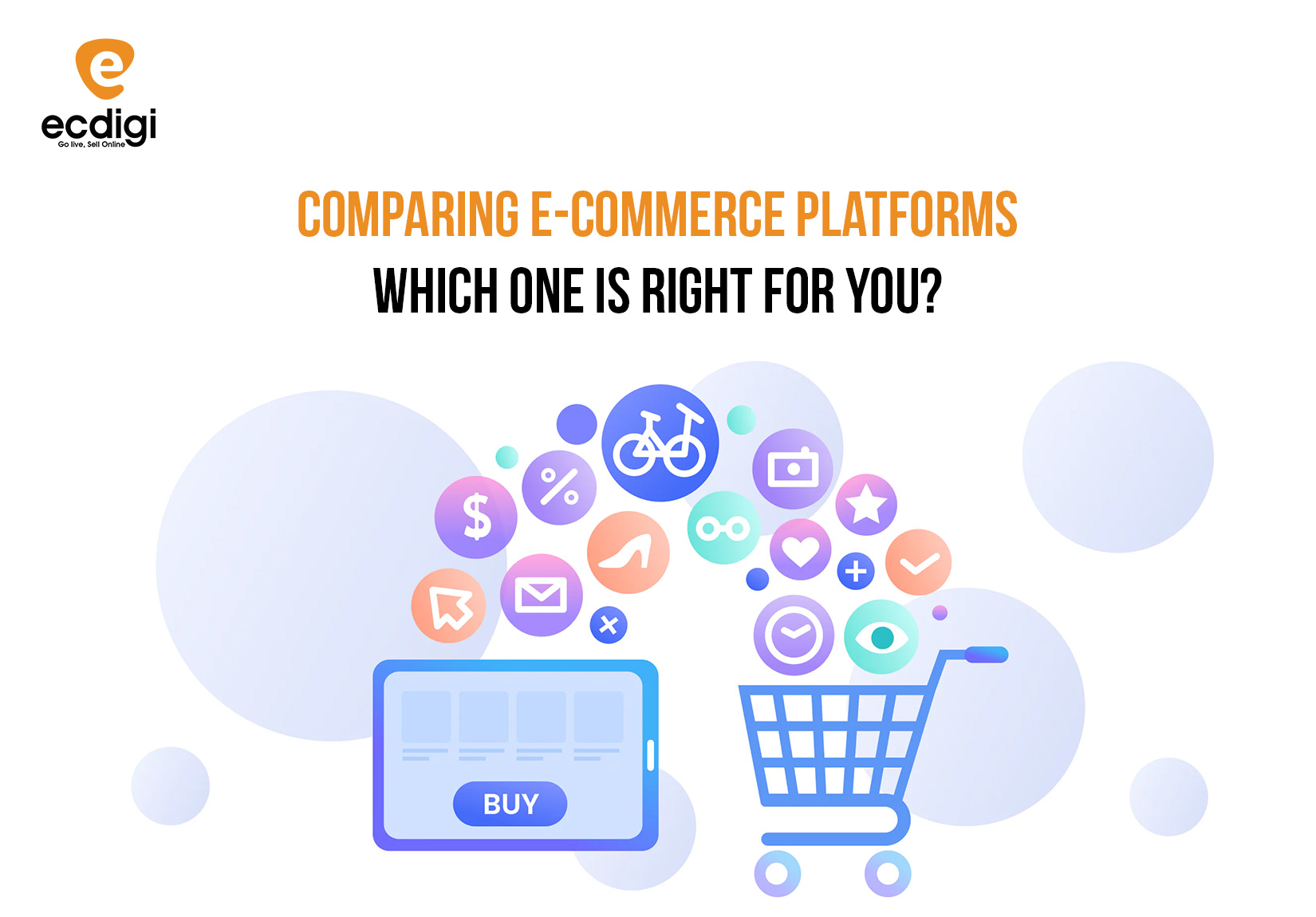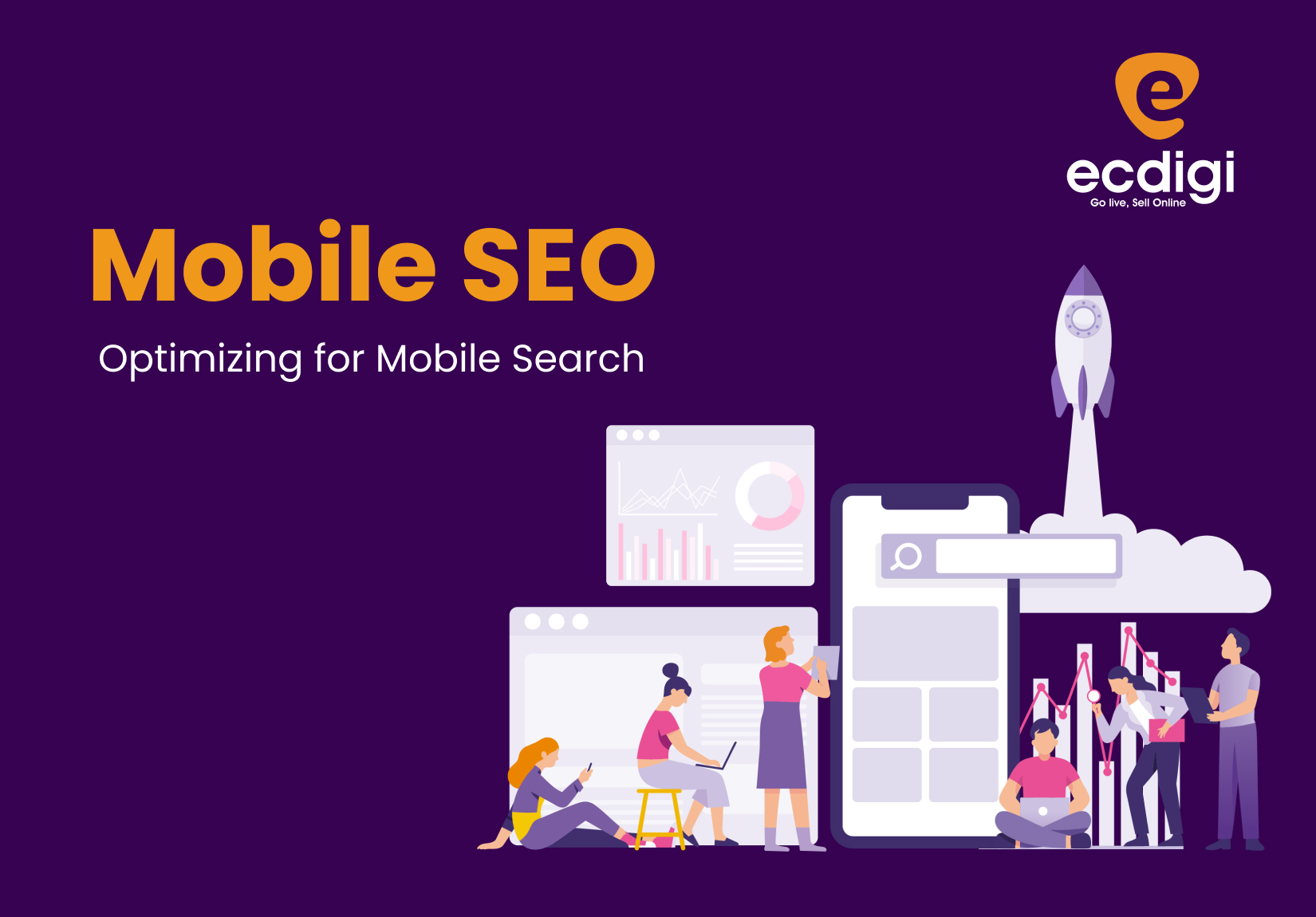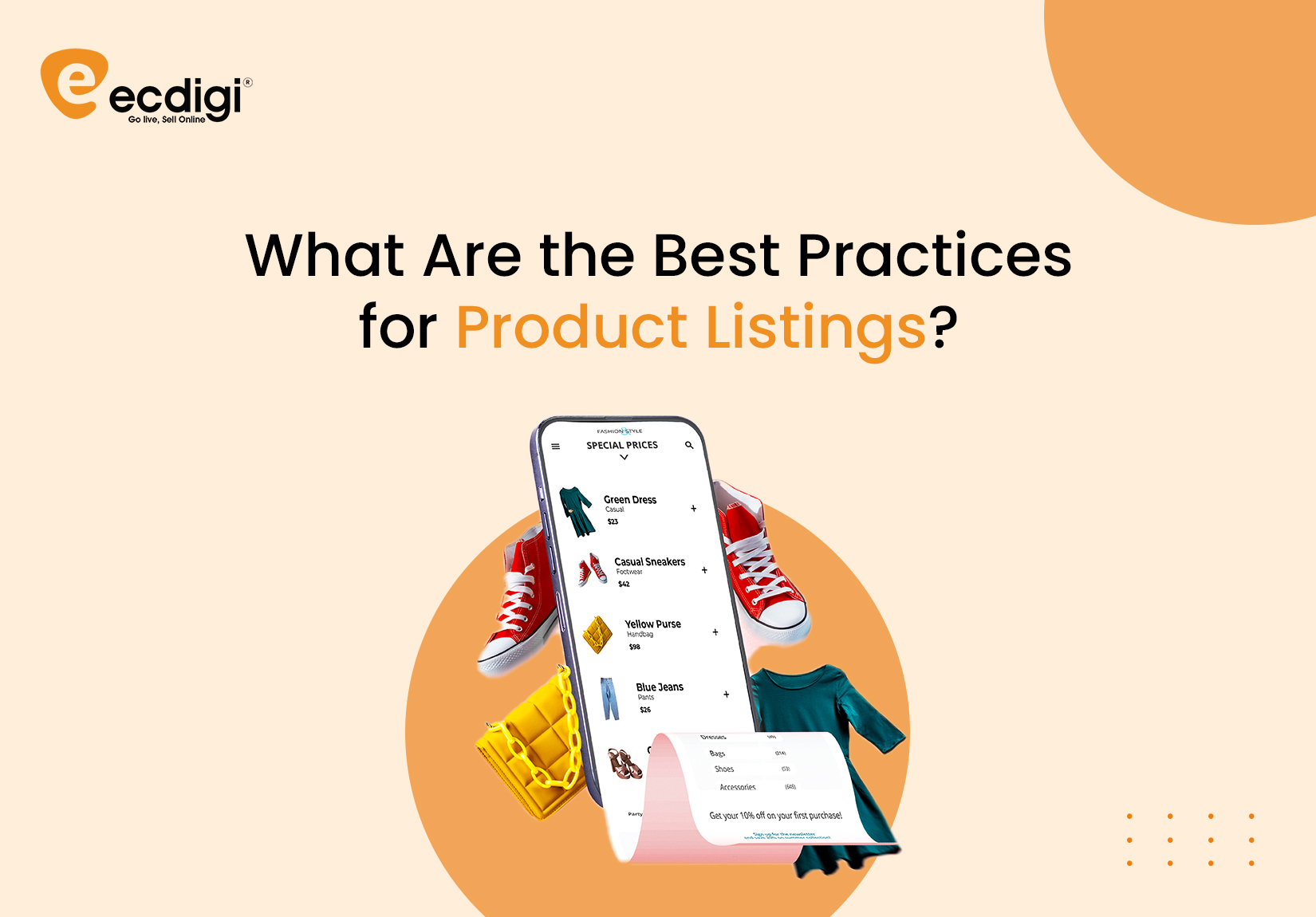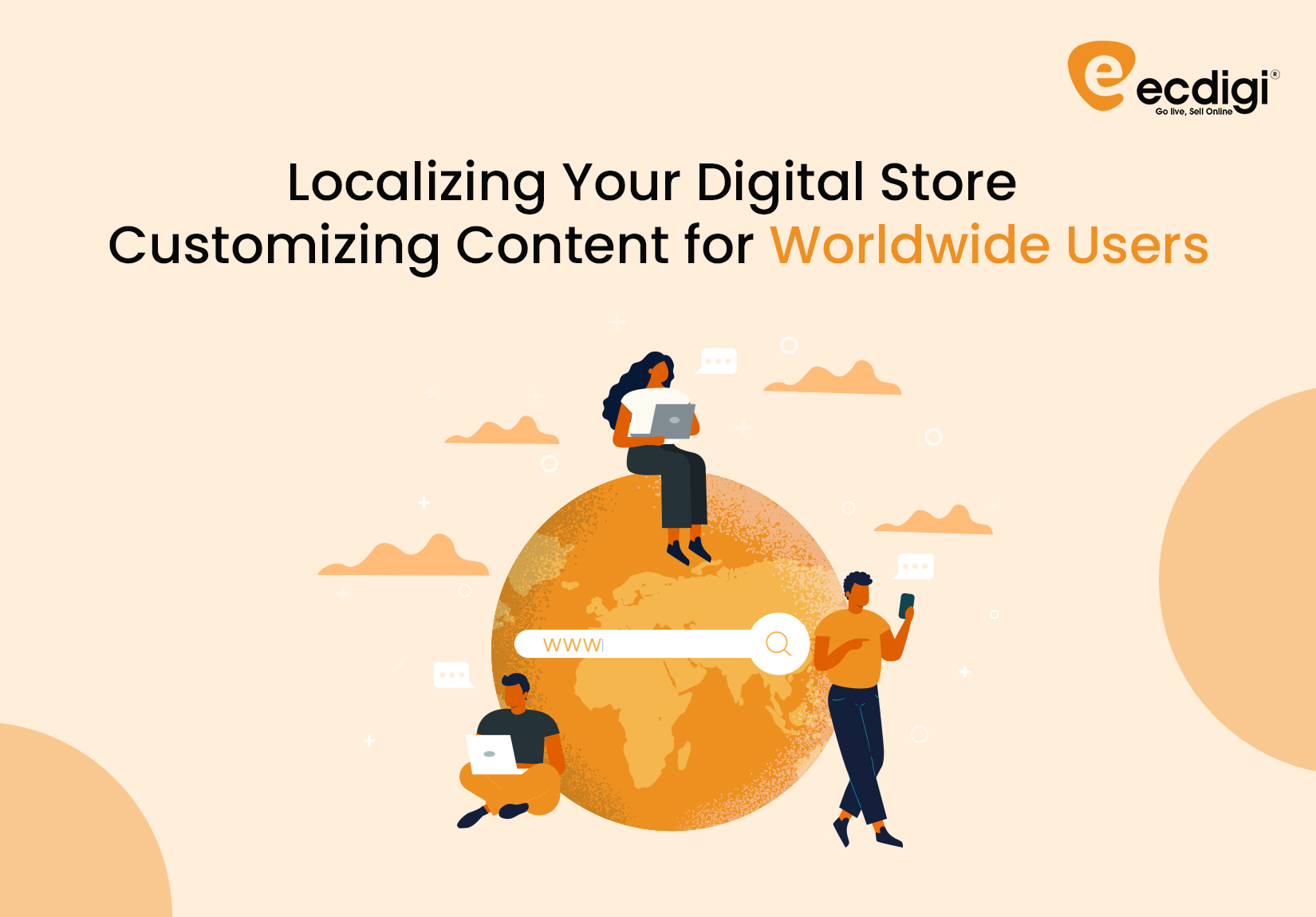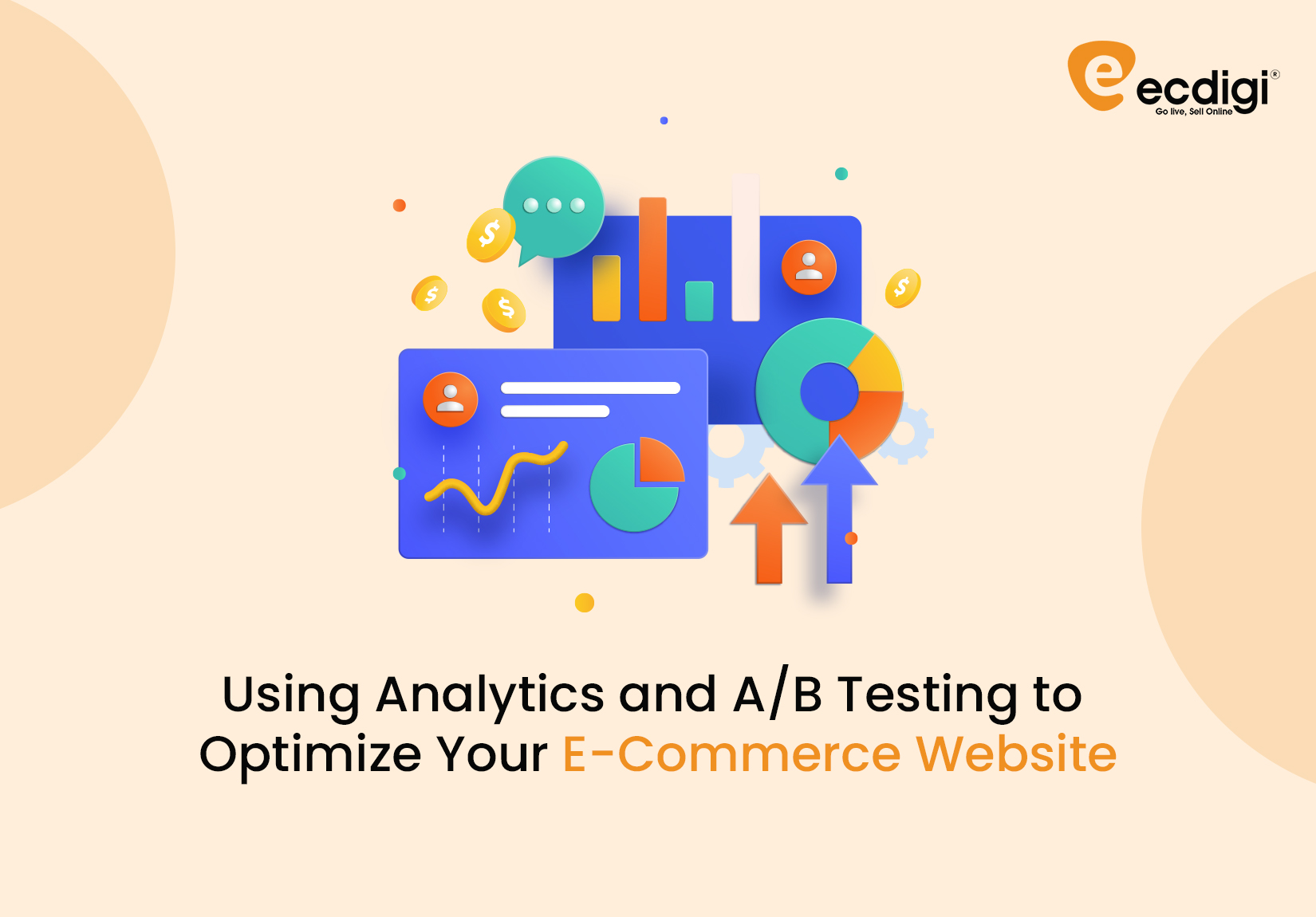How to Use Analytics to Promote Growth in E-Commerce
E-commerce Analytics | 17 Aug, 2024

Analytics gives e-commerce businesses critical insights into sales trends, customer behavior, marketing effectiveness, and operational efficiency.
By utilizing this knowledge, businesses can make wise decisions that promote growth, enhance client experiences, and boost income.
A Detailed View Into E-Commerce Analytics
E-commerce analytics gives businesses the power to make data-driven decisions, guaranteeing that every move they make will be with their goals and those of their customers.
Analytics provides essential data on topics, how users engage with the website, what motivates sales, which marketing channels work best, and where changes are needed to improve the user experience.
Marketers utilize analytics to demonstrate campaigns' return on investment (ROI) and help them make smarter decisions that will boost revenue, save expenses, and advance their company.
By anticipating demand patterns and reducing overstock or stockouts, e-commerce analytics helps improve inventory management. Additionally, it improves customer retention by providing information about customer lifetime value (CLV) and highlighting high-value clients that loyalty programs or exclusive deals should target.
Important metrics to track
A product's demand can suddenly and drastically change in the unpredictable world of online shopping. You can make the required changes to your website's functionality by monitoring these metrics.
1. Conversion Rate
The percentage of users who complete their transaction.
Being able to evaluate the efficiency of your website, product offerings, and sales funnel makes this measure very significant. You can make a big revenue increase by increasing your conversion rate.
2. Customer Acquisition Cost
The sum of all marketing expenses is divided by the number of new consumers to determine the cost of obtaining a new client.
The result makes sure your marketing budget is being used effectively and gives you insight into the profitability of your client acquisition tactics.
3. Average Order Value
The average amount each order on your website costs.
More money can be made from the same number of clients with a higher AOV. One approach to increase AOV is through bundling, cross-selling, and upselling.
4. Customer Lifetime Value
The entire amount of money a company can make from a single client during that client relationship.
Understanding CLV concentrates your efforts on high-value clients and helps you decide how much you can spend on attracting and keeping new ones.
5. Cart Abandonment Rate
The percentage of customers who fill their carts with goods but then leave without buying anything.
An elevated percentage of cart abandonment may indicate problems with your checkout procedure, delivery expenses, or consumer hesitancy. More conversions and more revenues result from lowering this rate.
Collecting and Analyzing E-commerce Data
In e-commerce analytics, data collection and analysis entails obtaining information from a variety of sources, including customer behavior, sales transactions, website interactions, and marketing activities.
Tools for Data Analysis
These systems facilitate the gathering of information on traffic, conversions, and user interaction.
After being gathered, the data is examined to identify patterns, improve user experience, improve marketing tactics, and expand product offerings.
Businesses can acquire actionable insights that drive growth, enhance decision-making, and boost profitability by segmenting their client base, tracking conversion rates, and keeping an eye on critical performance indicators.
This guarantees more effective operations and higher levels of customer satisfaction.
Using Analytics to Drive Growth
Analyze these statistics to learn more about user behavior, conversion rates, and marketing efficacy.
Make use of these insights to improve marketing tactics, enhance website performance, and customize client interactions.
To pinpoint areas that need work, keep an eye on important indicators like conversion rates, average order values, and client acquisition expenses.
You can increase consumer satisfaction, improve operational efficiency, and promote sustainable growth in your e-commerce firm by regularly reviewing data and making wise decisions.
Future Trends in E-Commerce Analytics
E-commerce analytics trends of the future will completely change how companies interact with and comprehend the customers they serve.
1. Artificial Intelligence and Machine Learning
Predictive analytics will be improved by AI and ML, allowing for automated data processing, more precise predictions, and customized customer experiences.
Smarter decision-making and more effective marketing techniques will be facilitated by these technologies.
2. Analytics in Real Time
Businesses will want immediate insights more and more to make decisions based on current information.
By improving response to consumer behavior and market trends, real-time analytics will optimize business processes and increase customer engagement.
3. Improved Customization
Highly customized marketing and purchasing experiences will be made possible by advanced analytics.
To improve conversion rates and customer happiness, businesses will use comprehensive consumer data to customize content, promotions, and product recommendations.
4. Integrating Data from several sources
Customers' behavior can be fully understood by combining data from all of their points of contact—online, offline, mobile, and social.
Businesses will be better able to comprehend and interact with consumers through all channels thanks to this cohesive approach.
5. Data security and privacy
Data security and compliance with laws like the CCPA and GDPR will be the main priorities of e-commerce analytics due to growing worries about data privacy.
To safeguard client data, future products will place a high priority on openness and strong security measures.
How does ecDigi assist with e-commerce analytics?
With ecDigi, you can easily set up and maintain an online store that handles integration, order fulfillment, payment processing, and other features. Discover the ease of use of a ready-made e-commerce platform.
Find out how ecDigi can help you unlock the power of your data by having a conversation with one of our e-commerce specialists right now.
Conclusion
The outcome of strategic decision-making, optimization through data insights, and a dedication to comprehending the consumer journey is successful e-commerce. Long-term customer experience enhancement and increased operational efficiency are two benefits of implementing data-driven initiatives that will ultimately boost acquisition and retention.


